Migrants are present not only in Serbia, but throughout the Balkans, causing concern in the former Yugoslav republics. Unauthorized immigrants now appear way more impatient than before and, according to local media reports, they stay in any given country for much shorter periods than in previous years. Their goal is to enter the territory of the European Union as soon as possible and then continue their journey to Western states. This is also the case in Bosnia.
The International Organization for Migration (IOM) found that although there are more migrants arriving in the Balkans compared to 2021, their number is not any higher in Bosnia. This is because they spend less time in the country and are likely to cross the border more easily and swiftly.
Migrants are not 'stuck' either in Bosnia and Herzegovina or in other countries of the Western Balkans in general. They tend to transit quite quickly on their way to Western Europe
the organization points out.
This is evidenced by IOM research conducted in August, which shows that migrants hardly ever spend two full weeks in Bosnia, as they tend to move on within a much shorter time frame.
The survey found that most migrants using this Balkan route, 67 percent, come from Afghanistan , followed by Moroccans and Pakistani nationals with 17 and 4.6 percent, respectively.
So migrants are no longer stranded in the Western Balkan states, but are doing everything they can to enter the Schengen area as soon as possible. Croatia's accession to Schengen has opened up a new perspective, offering human smugglers and criminal gangs a lucrative business. They charge thousands of euros for a crossing attempt, local residents say.
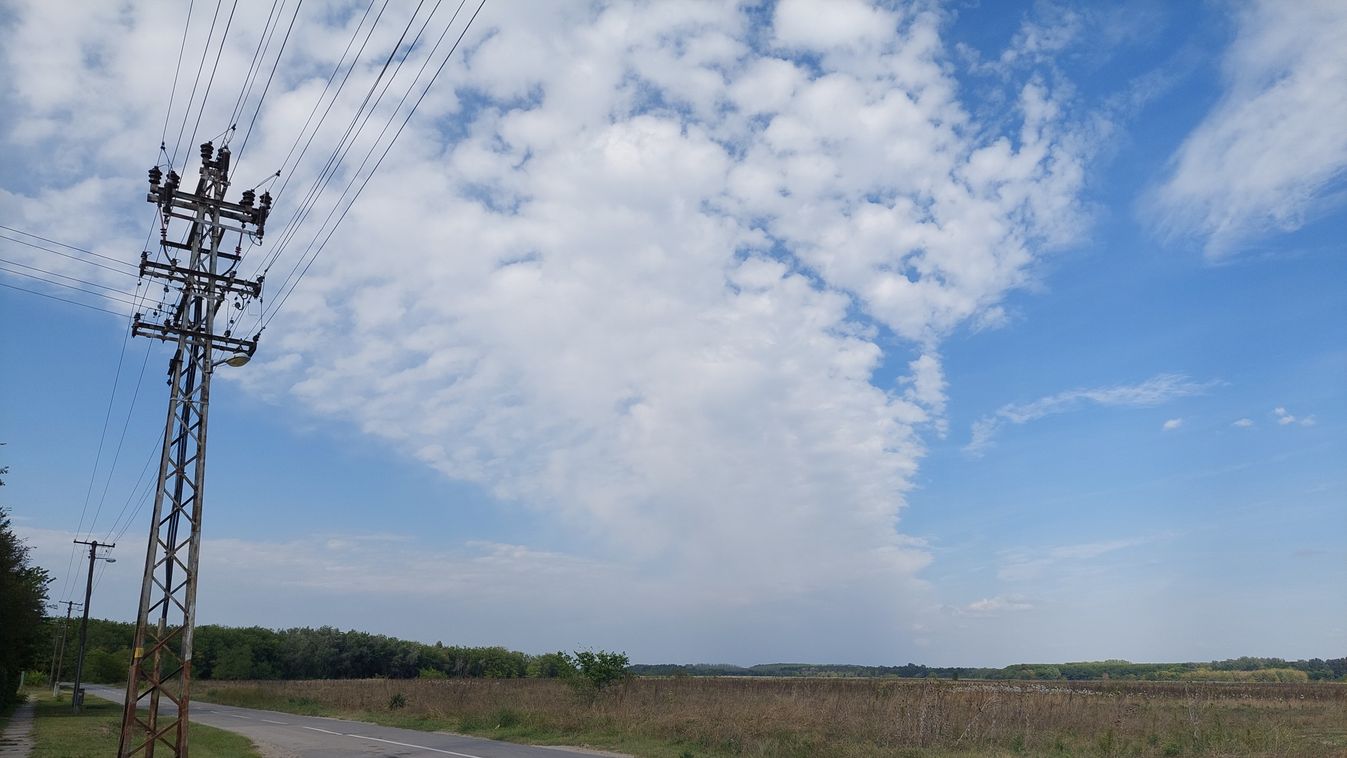
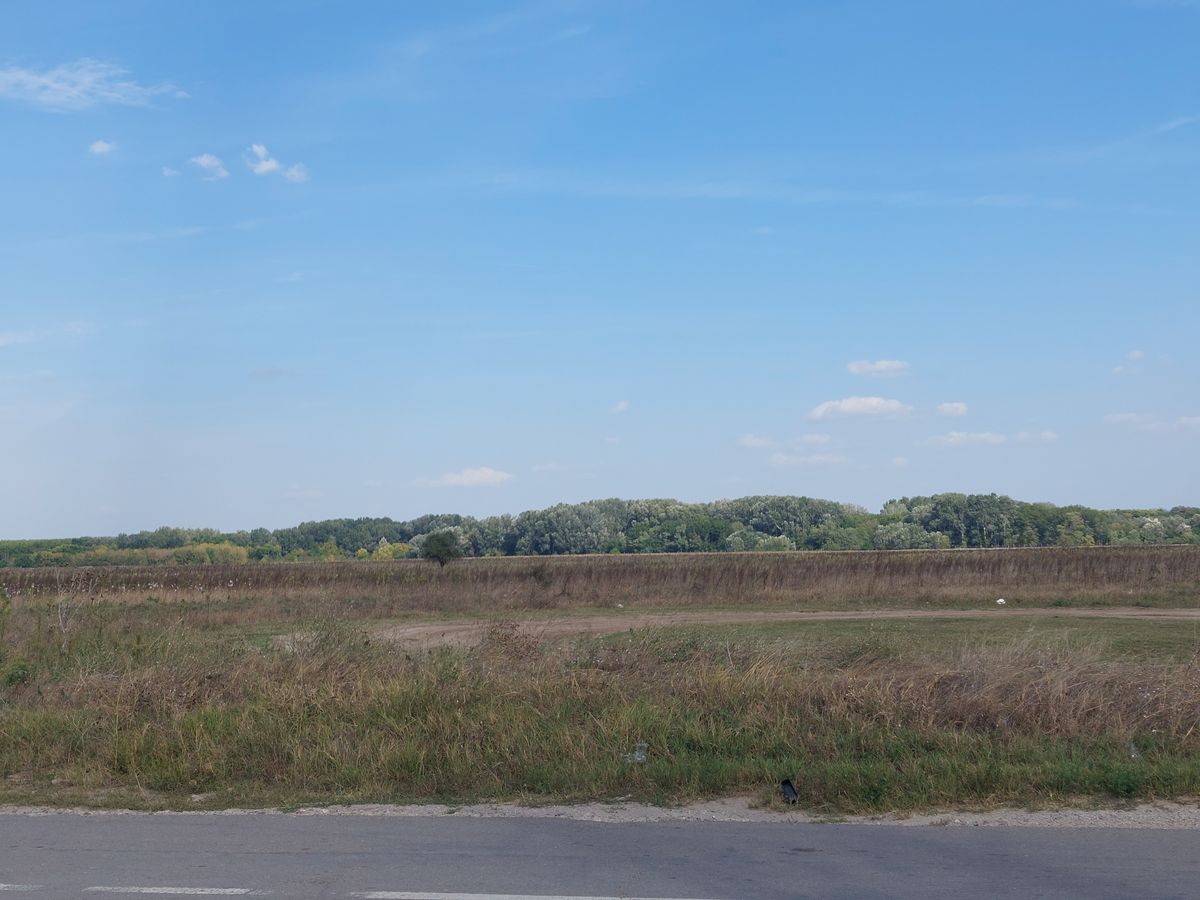
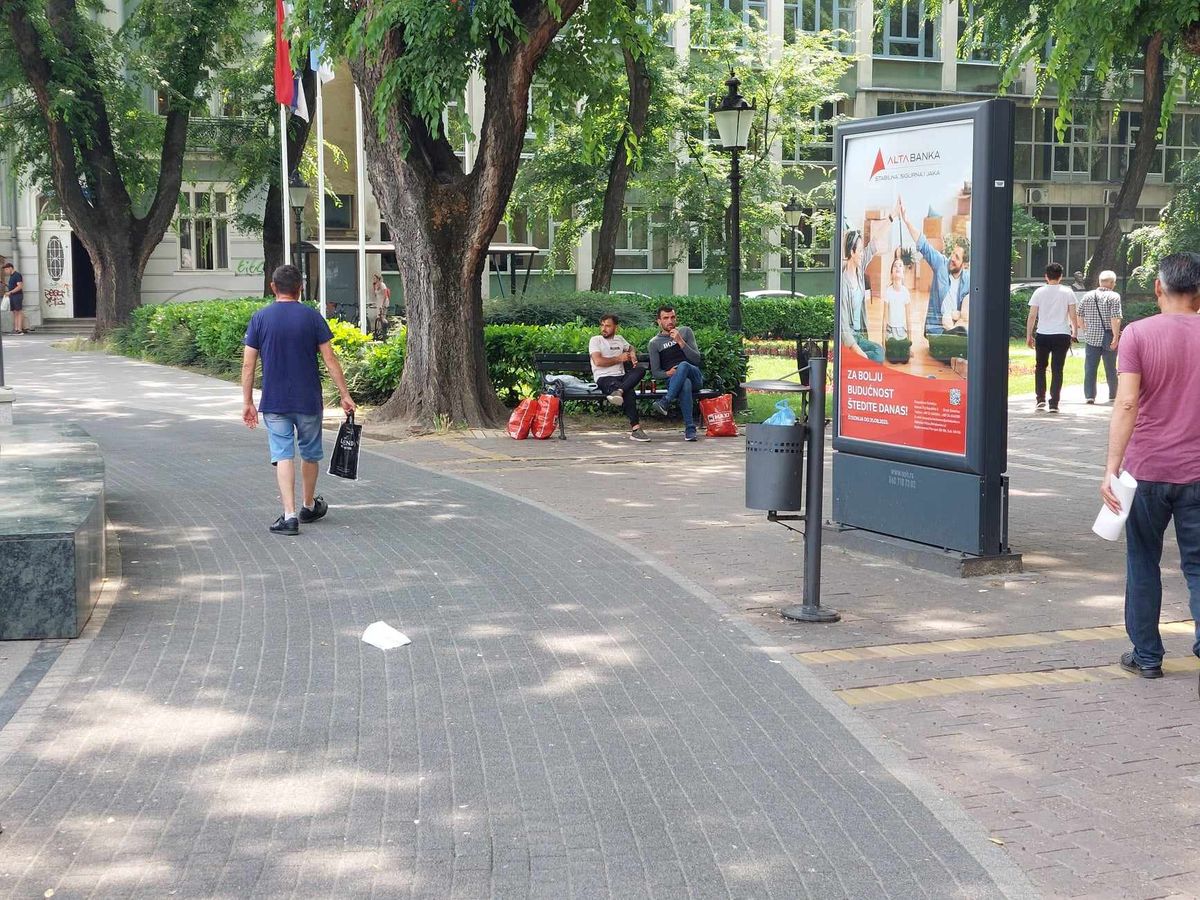





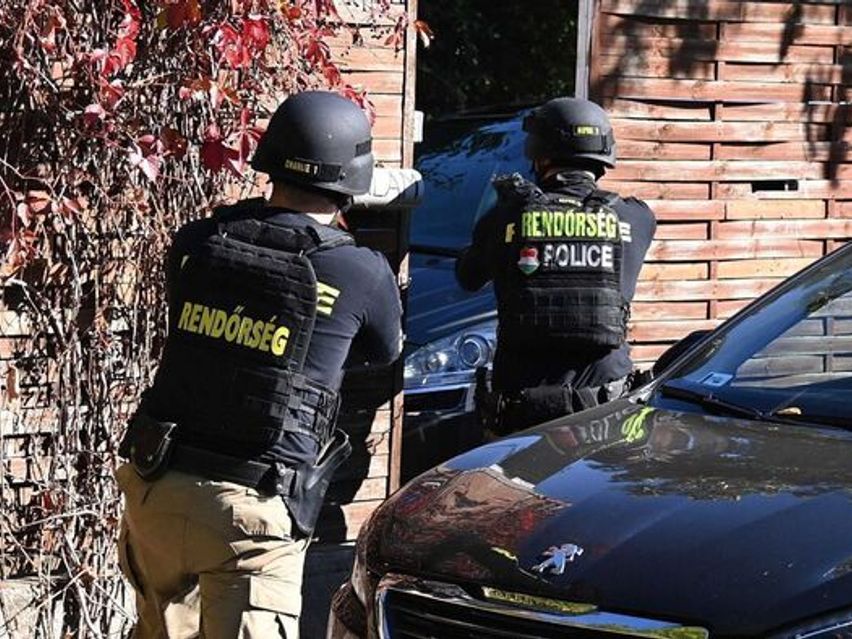
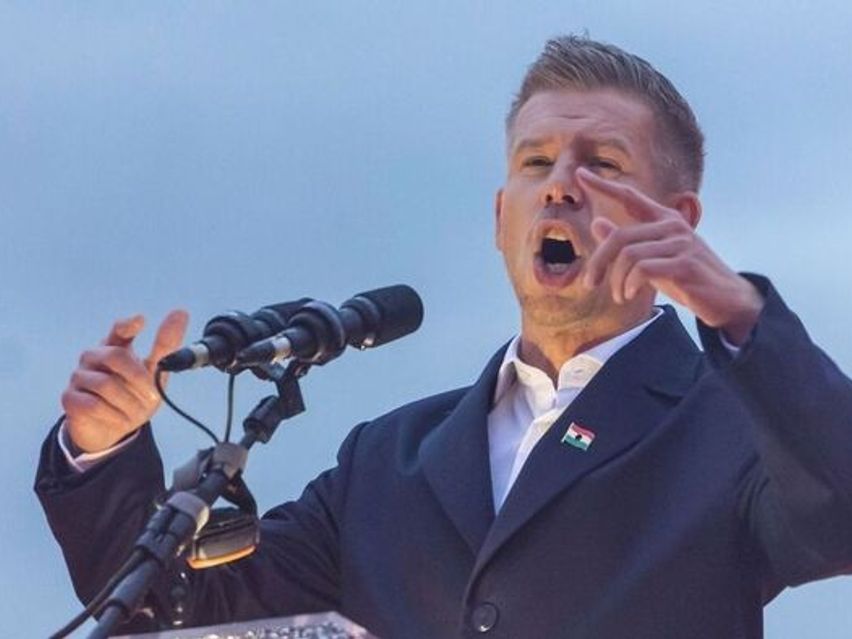

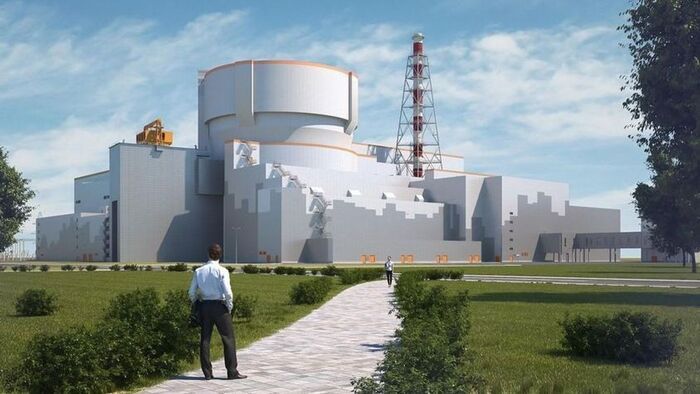




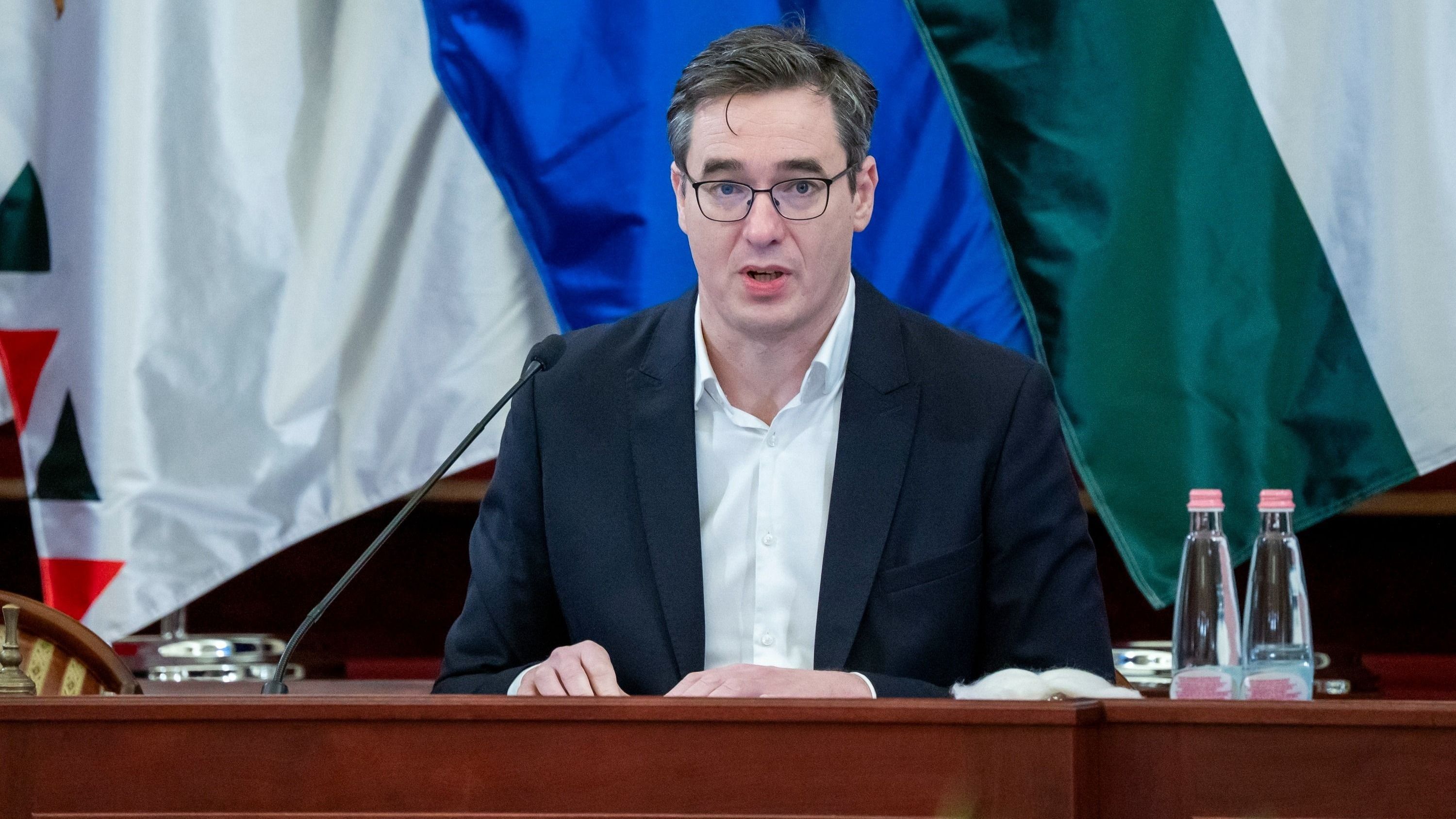
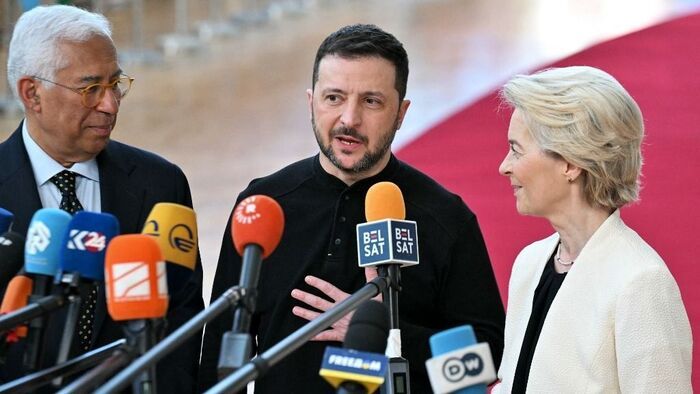







Szóljon hozzá!
Jelenleg csak a hozzászólások egy kis részét látja. Hozzászóláshoz és a további kommentek megtekintéséhez lépjen be, vagy regisztráljon!